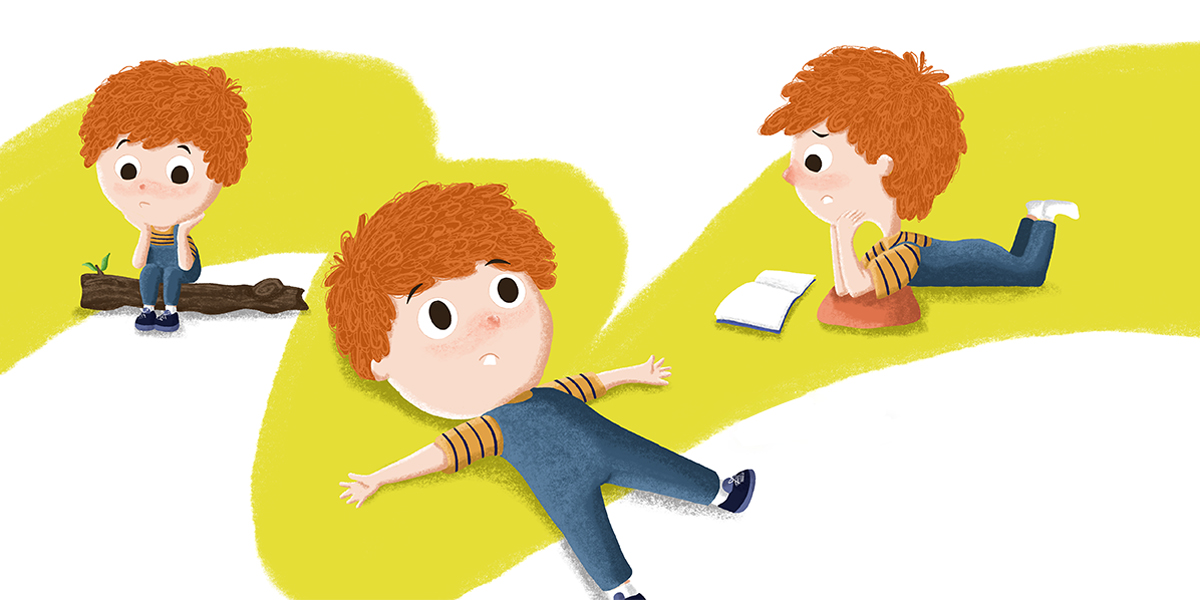Illustrations play a crucial role in shaping the reading experience of children. More than just pictures on a page, illustrations bring stories to life, spark imagination, and help young readers understand narrative elements before they can even read. In the world of publishing, children’s book style is a term that encompasses not only storytelling but also visual design.
Each illustration style contributes uniquely to the emotional tone, pacing, and charm of a book. Let’s explore 10 of the most popular children’s book illustration styles that continue to enchant generations of young readers.
Top 10 Children’s Book Illustration Style
Let’s explore the 10 children’s book illustration styles listed below:
Watercolor Illustration:
Watercolor is perhaps the most timeless children’s book style. Its soft textures, delicate hues, and dreamlike qualities are ideal for fairy tales and gentle narratives. This style gained popularity through illustrators like Beatrix Potter and has remained a staple for its organic and nostalgic charm. Watercolor lends itself well to nature-based themes and cozy, emotional storytelling.
Cartoon Illustration:
Highly recognizable and appealing to younger audiences, the cartoon style features thick outlines, expressive characters, and vibrant colors. It’s one of the most approachable illustration techniques, often used in humorous or action-packed books. Think of Mo Willems’ Elephant & Piggie series—simple, bold, and full of personality. This children’s book style is excellent for engaging early readers.
Also Read:How to Choose the Right Illustrator for Your Children’s Book
Collage Illustration:
Popularized by artists like Eric Carle (The Very Hungry Caterpillar), the cut-paper collage technique uses layered textures, bold colors, and distinct shapes. It’s a highly tactile and visually stimulating style that adds a sense of dimension to each page. This approach often inspires children to create their own collage art, making it both educational and interactive.
Minimalist Illustration:
Minimalism is becoming an increasingly trendy children’s book style, particularly in early concept books and modern educational stories. Minimalist line art uses clean lines, limited palettes, and simple shapes to convey meaning. This style strips away distractions and focuses on clarity, often seen in alphabet books or books about emotions, such as The Color Monster by Anna Llenas.
Retro Vintage Illustration:
Inspired by mid-century design, the retro vintage illustration style blends muted colors, geometric forms, and nostalgic details. These illustrations evoke a classic feel and appeal to both children and nostalgic parents. They often use a limited color palette with textures that mimic old printing techniques, bringing a unique warmth to stories.
Digital Illustration:
In today’s digital world, many illustrators turn to software like Procreate or Adobe Photoshop to create richly detailed digital paintings. This children’s book style is characterized by smooth gradients, realistic lighting, and painterly brushstrokes. It’s particularly effective for fantasy or adventure stories, where dramatic visuals help build immersive worlds.
Sketchbook Illustration:
The sketchbook aesthetic featuring pencil marks, ink lines, and a raw, hand-drawn vibe is popular for quirky, personal stories. It often feels like a child’s own notebook, filled with scribbles and side notes. Oliver Jeffers is a well-known illustrator who uses this style to great effect, creating intimate, heartfelt narratives.
Mixed Media Illustration:
Blending traditional and digital media, mixed media illustration combines elements like pencil, watercolor, collage, and digital editing. This eclectic children’s book style is ideal for experimental books that play with perspective, texture, and format. It allows for tremendous creative flexibility, giving each book a distinctive visual signature.
Whimsical Illustration:
Whimsical fantasy is all about imaginative creatures, fantastical landscapes, and magical detail. This style thrives in stories involving talking animals, flying ships, or enchanted forests. Illustrators like Chris Riddell and Shaun Tan excel in this genre, crafting otherworldly visuals that stretch the limits of a child’s imagination.
Also Read:Benefits of Book Illustration Services
Graphic Novel / Comic-Inspired Illustration:
As graphic novels grow in popularity among young readers, so too does the comic book-inspired children’s book style. Panel layouts, speech bubbles, and action sequences help tell dynamic stories. This style is particularly effective for middle-grade readers who are transitioning from picture books to chapter books, offering both visual engagement and narrative complexity.
Choosing the Right Style for Your Story
When selecting an illustration style for your children’s book, it’s essential to consider the age of your target audience, the tone of your story, and your desired emotional impact. For instance, a quiet bedtime story might benefit from soft watercolors or minimalist illustrations, while a humorous tale could come alive with bold cartoons or sketchbook energy.
Understanding the different children’s book styles also helps authors and illustrators communicate more effectively. Whether you’re self-publishing or working with a publisher, being able to articulate your visual preferences can streamline the creative process.
Conclusion
The world of children’s book illustration is a vibrant and diverse landscape, offering a range of styles to suit every story and audience. From the timeless charm of watercolor to the dynamic energy of graphic novels, each style brings its own unique magic to the page.
By understanding the different children’s book styles, authors and illustrators can create captivating and engaging stories that delight young readers and leave a lasting impression. Whether you’re a seasoned pro or just starting out, the right illustration style can elevate your story and bring it to life in ways you never thought possible.







